Situated in northeast Europe and owning many nicknames such as the Venice of the North and the window to Europe, Saint Petersburg is the second-largest city in Russia. It's only more than 300 years old but has a diverse history to explore. Let's dive in!
The Birth of Saint Petersburg
Saint Petersburg was founded by Peter the Great in 1703 on the land of captured Swedish fortress during the Great Northern War. The area around Saint Petersburg was known as Ingria (Ingermanland). After taking the land, the city's origins were very ordinary: the first building was the Peter and Paul Fortress built on the swampy island.
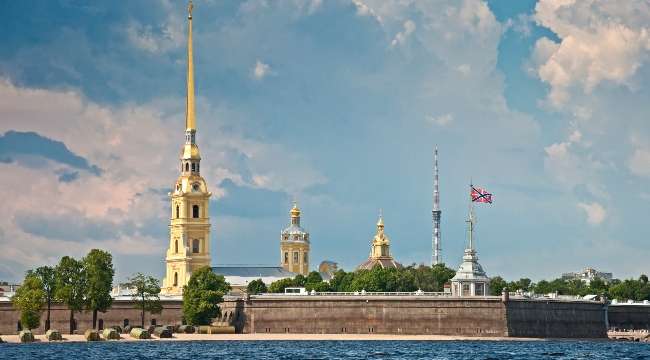
However, Peter the Great's wish was not just to build another Russian town, but to make it a "Window to Europe," meaning to have a port and access to the Baltic Sea and, even more, the city with European standards. The great Tsar had a vision of a Russian-European vast town. Indeed, owning lots of canals, the town's design was influenced by Amsterdam, and later it earned the nickname "Venice of the North."
Read more about Peter the Great: Peter the Great | The Age of Europeanisation
When was St. Petersburg Founded?
St. Petersburg was founded in 1703 by Peter the Great after capturing land from Sweden.
Saint Petersburg as the Capital of Russia
While Saint Petersburg was still developing, there was never an official plan to move the capital to Saint Petersburg. Naturally, Peter started spending most of his time in the new city, and later the court was moved there. In 1712, Saint Petersburg was officially made the capital of the Russian Empire, moving Moscow to the second place and bringing the fresh European wave to Russia.
The new capital had a boom of growth. At that time, between 20,000 to 40,000 people worked on the city's construction, though many of them died there. Under Peter's I reign was built many grand mosques, imperial palaces, including the famous Peter and Paul Cathedral and the massive Winter Palace. Peter had high standards for the city, and he called Saint Petersburg a "paradise," sadly, for many of those city construction workers, it became a cemetery.
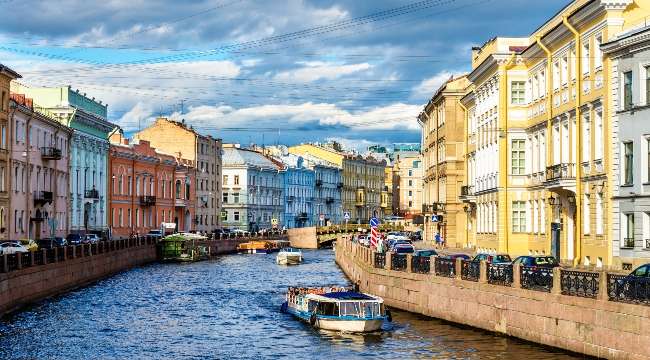
Plenty of people were moving to the new capital, and in the 18th-century, the population reached 40,000, which made Saint Petersburg the second largest city in Russia. During this period, one of the cultural activities became ballet, and in 1738 the Imperial Russian Ballet was founded. Another cultural perk of Russians was that they loved using German words. However, during World War I, the imperial government renamed the city Petrograd to distance it from the German power.
After Peter the Great’s death, his grandson moved the court back to Moscow; unfortunately, the young tsar died soon. The reign was taken by Empress Anna Ioannova, which moved the capital back to Saint Petersburg. Later, during the reign of Catherine the Great, she expressed her opinion by saying, “I don’t like Moscow at all, but I don’t have any prejudice against Petersburg.” The city grew quickly, there were approx 160,000 inhabitants, and more palaces were built in the city and its suburbs.
Read more about the Catherine the Great: Catherine the Great | Russia's Most Iconic Empress
When St. Petersburg became the Capital?
In 1712, St. Petersburg officially became the capital of the Russian Empire.
Saint Petersburg as the Center of Revolutions
Like every main city, Saint Petersburg had ups and downs. The town was the epicenter of a few essential revolutions. The first time it was hit by the Decembrist revolt in 1825, later the Revolution of 1905, known for the infamous "Bloody Sunday," and the last, historically significant Revolution of 1917. The previously mentioned revolution marked the Russian Emperor's ending by executing the Russian Imperial Romanov family in 1918.
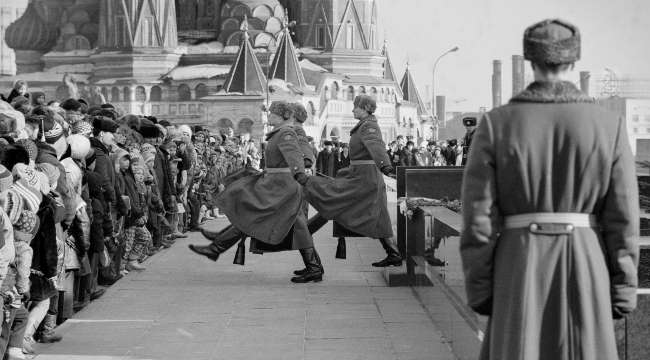
Saint Petersburg enjoyed the status of capital for over 200 years. In 1918, the Bolsheviks leader, Vladimir Lenin, moved the capital back to Moscow. After the leader's death, Saint Petersburg was renamed in his honor, Leningrad. After World War II, Leningrad city recovered and rebuilt fast and became so-called the cultural capital or the northern capital of the USSR.
Read more about the Revolution of 1917: Russian Revolution 1917 Flashback
When was the end of the Russian Empire?
The Russian Empire ended in 1917. It was marked by the Bolsheviks revolution and the last tsar's family, Romanov execution.
Saint Petersburg Today as the Center of Culture
In 1991, after the Soviet Union’s collapse, Leningrad was renamed to Saint Petersburg. These days, with over 5 million inhabitants, Saint Petersburg is the second-largest and second most important Russian city. The current president of Russia, Vladimir Putin, pays special attention to his hometown to keep it an essential hub of culture, art, music, economics, and politics.
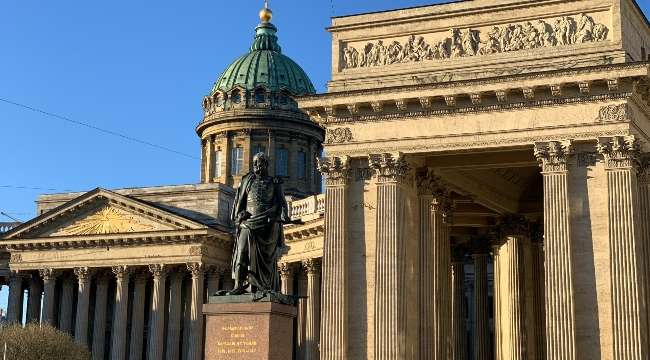
In 2003, Saint Petersburg celebrated its 300th anniversary. These days, the city owns numerous grand palaces, mosques, churches, and historical sites. Also, it covers 44 islands connected by more than 300 bridges.
How old is St. Petersburg now?
Today St. Petersburg is 318 years old. In 2023, the city will celebrate its 320 anniversary.
Saint Petersburg Today as a Tourist Destination
The revolutionary spirit, rich history, grand canals, world-class opera-ballet theaters, the drawbridges, and white nights, all of that will never stop amazing Saint Petersburg's visitors. There will always be what to see and what to do, from vast museums and castles to an adventurous river cruises!
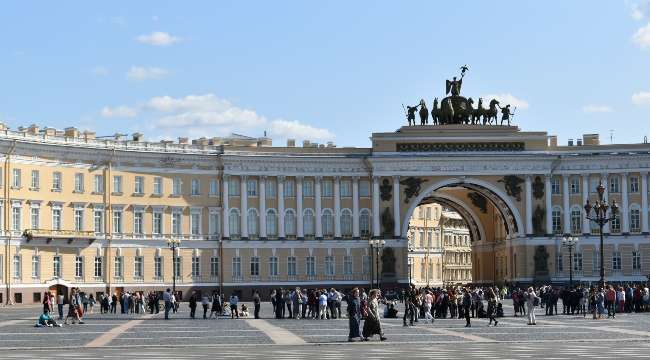
Undoubtedly, the big city offers plenty of unique tours, but we recommend adding to your Russian itinerary and Moscow for the best Russian experience. Explore two capitals of Russia on tour, see the historical sites, and feel the authentic Russian atmosphere.
If you are eager to go on your own, don't hesitate to travel by high-speed train between Saint Petersburg and Moscow! The high-speed train connection is well developed in Russia and is one of the most convenient ways to travel. By the way, if you are still looking for the must-visit sites, tips, and more details about traveling to Russia, feel free to use our free tour builder for Russia.
The Must-Visit Sites in St. Petersburg:
- The Hermitage Museum
- Fortress of Peter and Paul
- Peterhof Palace
- Yusupov Palace
- Catherine's Palace
- The Church on Spilled Blood
- St. Isaac's Cathedral
All in all, Saint Petersburg has a rich history. It started with not easy construction, was hit by wars and revolution, and its history continues today. With the rich background of events and numerous grand sites to visit, Saint Petersburg is ideal for exploring Russian culture.
